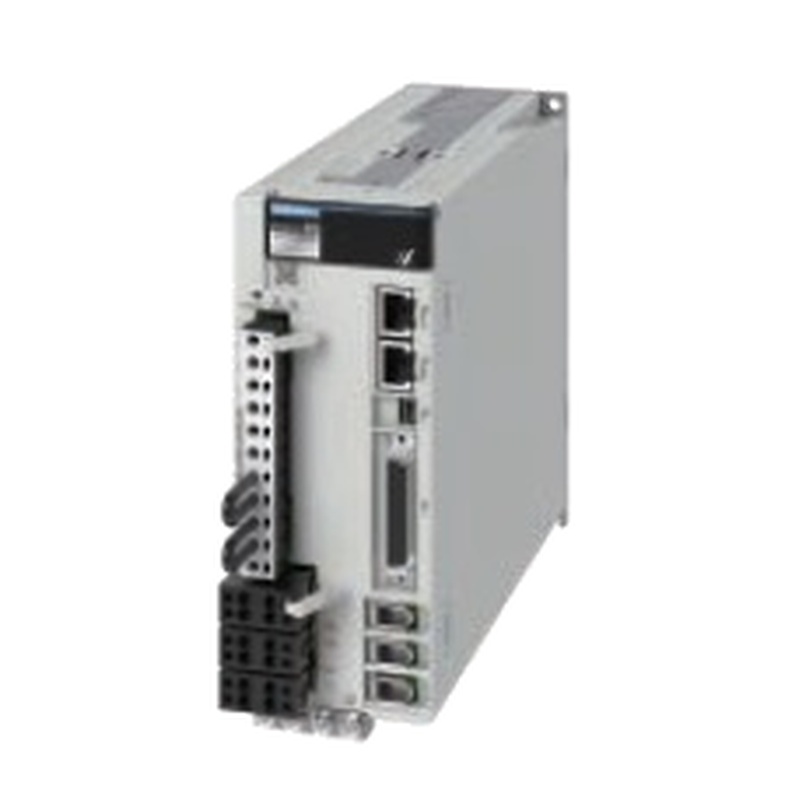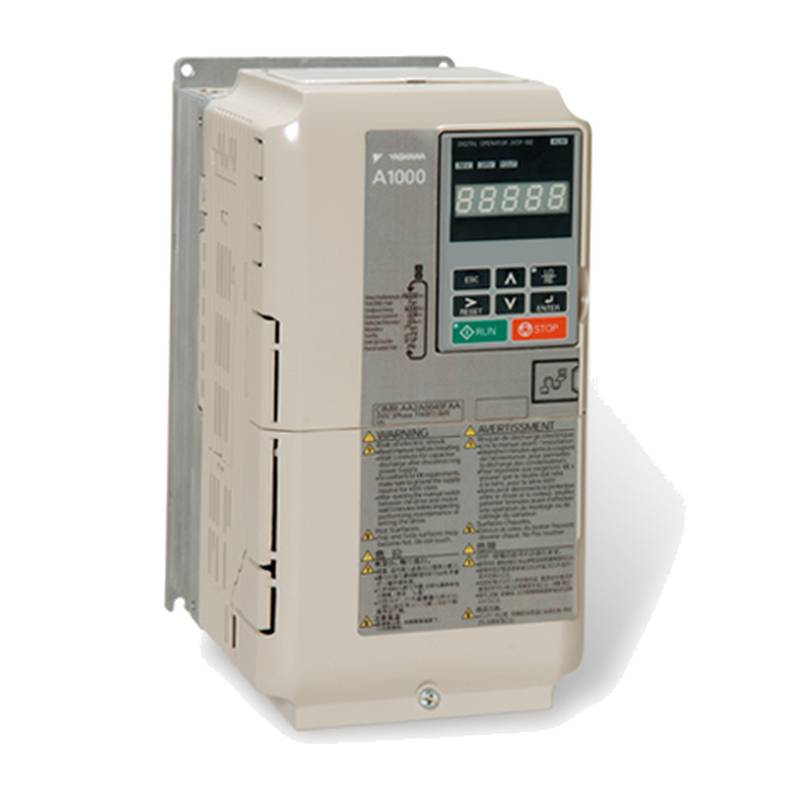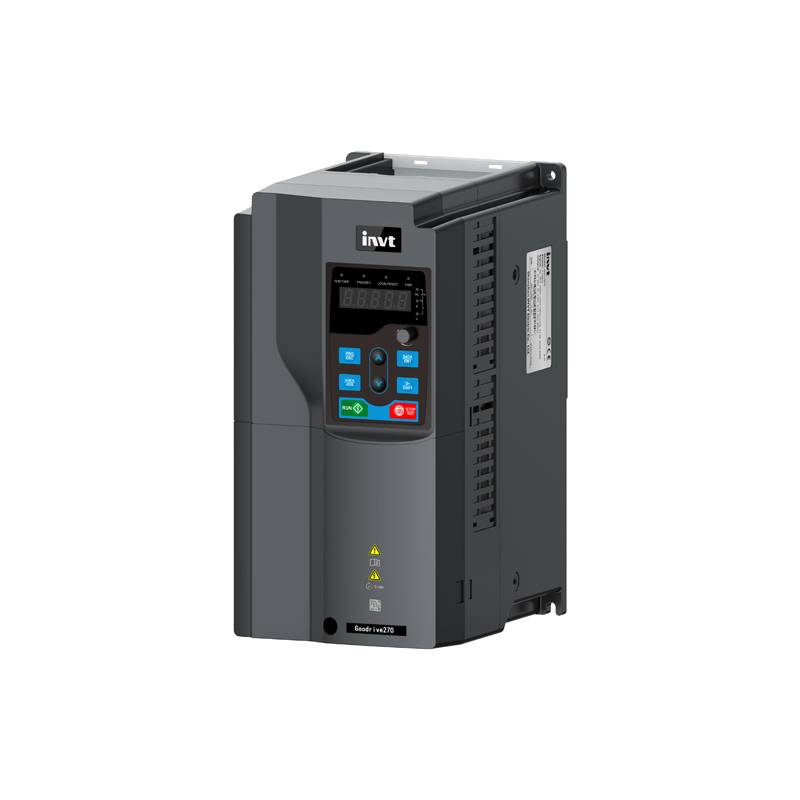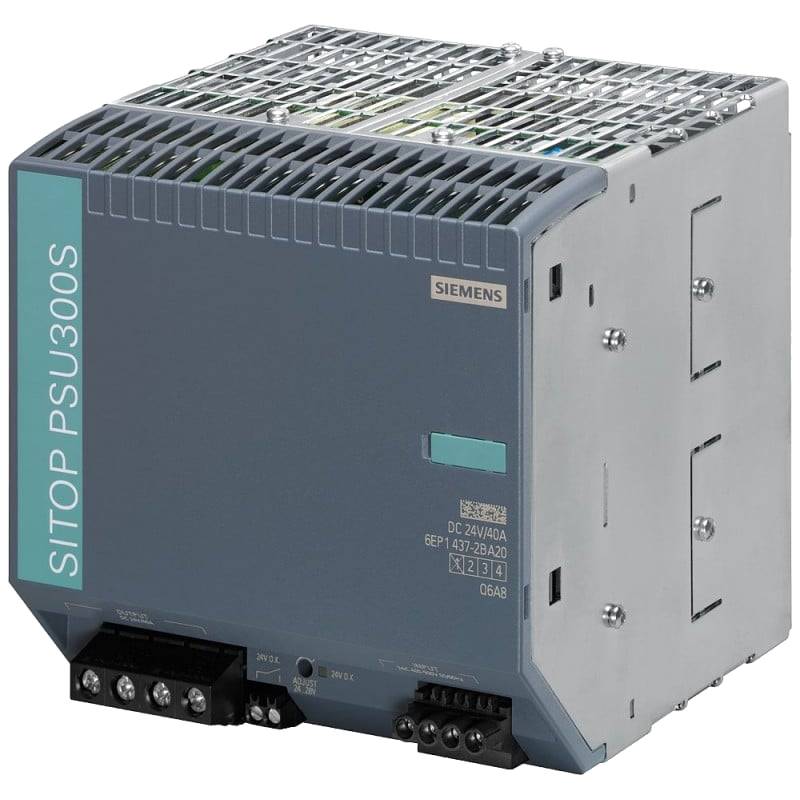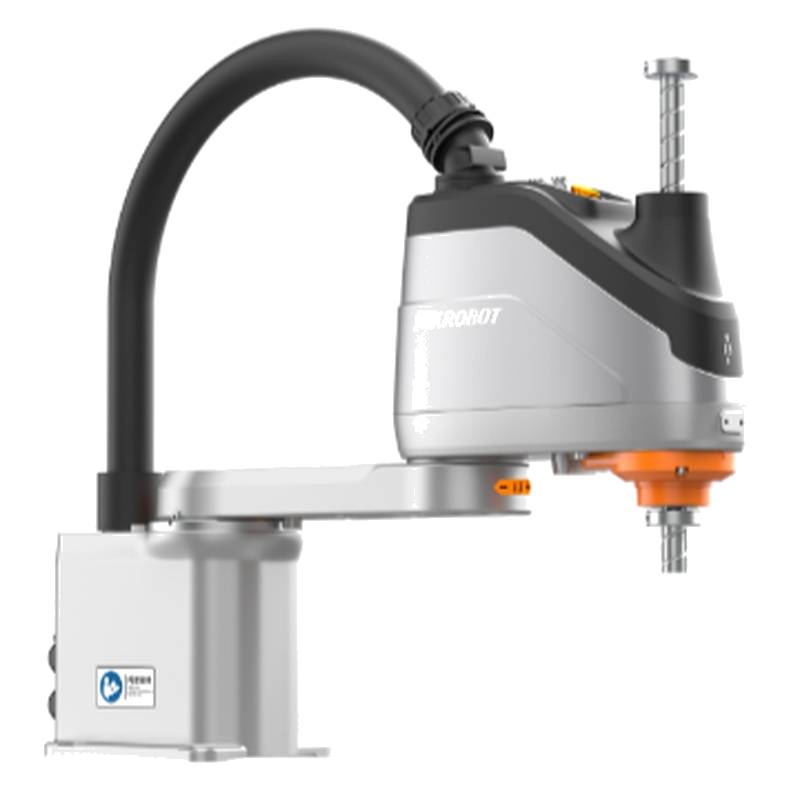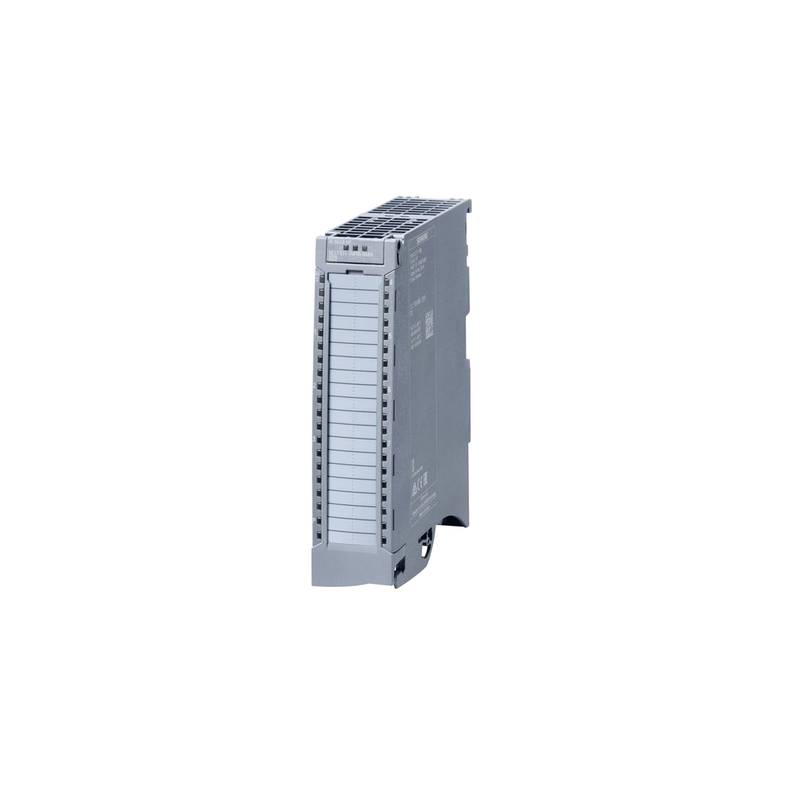
The Moxa UPort 1150 Industrial Serial to Ethernet Multi-protocol Server stands as a robust solution for integrating legacy serial devices into modern Ethernet networks. This multi-protocol server is engineered for demanding industrial environments, offering a reliable bridge for serial communication conversion. Its key advantages include industrial-grade design, extensive protocol support, and straightforward integration. Technical specifications highlight its versatile interface options, typically featuring multiple serial ports (e.g., 4 x RS-232/422/485) and a single 10/100/1000BaseT(X) Ethernet port. The device operates within a wide temperature range, crucial for industrial deployments, and supports various power input options, often including terminal blocks for DC power. Network protocols like TCP/IP, UDP/IP, and HTTP are standard, enabling seamless network communication.
Product Specifications
| Feature | Specification |
| :------------------ | :-------------------------------------------------- |
| Ethernet Port | 1 x 10/100/1000BaseT(X) auto-MDI/MDIX |
| Serial Ports | 4 x RS-232/422/485 (selectable via DIP switch/software) |
| Serial Speed | Up to 921.6 kbps |
| Data Bits | 5, 6, 7, 8 |
| Parity Bits | None, Even, Odd, Mark, Space |
| Stop Bits | 1, 2 |
| Flow Control | RTS/CTS, XON/XOFF |
| Ethernet Protocols | TCP/IP, UDP/IP, HTTP, DHCP, DNS, ARP, ICMP |
| Serial Modes | TCP Server, TCP Client, UDP Server, UDP Client, Pair Connection |
| Power Input | 12-48 VDC, Terminal Block |
| Operating Temperature | -40 to 75 °C (-40 to 167 °F) |
| Dimensions | Varies by specific model, typically compact |
| Mounting | DIN-rail, Wall-mount |
Core Features & Market Positioning
The Moxa UPort 1150 distinguishes itself in the industrial automation market through its exceptional reliability and comprehensive protocol conversion capabilities. Its multi-protocol server design is a significant differentiator, allowing it to interface with a wide array of serial devices, including PLCs, sensors, and legacy machinery, without requiring specialized gateways for each protocol type. This inherent flexibility reduces system complexity and overall cost of ownership. Furthermore, Moxa's reputation for industrial-grade hardware ensures that the UPort 1150 can withstand harsh environmental conditions, such as extreme temperatures, vibrations, and electrical noise, making it a preferred choice for critical applications in manufacturing, energy, and transportation sectors. The device’s ability to support various serial modes and network protocols further solidifies its position as a versatile and high-performance serial-to-Ethernet converter.
Key Application Scenarios
The Moxa UPort 1150 finds extensive use in modernizing industrial operations by connecting disparate systems. In manufacturing plants, it is instrumental in linking serial-controlled machinery, such as CNC machines or robotic arms, to the plant's Ethernet network for real-time monitoring, data acquisition, and remote control, thereby enhancing efficiency and predictive maintenance capabilities. For the energy sector, particularly in substations or remote oil and gas facilities, the UPort 1150 facilitates the integration of serial-based protection relays, meters, and SCADA systems into the broader communication infrastructure, enabling remote data access and control essential for grid management and operational oversight. Furthermore, in intelligent transportation systems (ITS), it connects traffic light controllers, surveillance cameras, and variable message signs to a central network, improving traffic flow management and public safety.
Practical System Integration Guidance
Integrating the Moxa UPort 1150 into an industrial network is a streamlined process. Initial setup often involves configuring the device's network settings, typically via a web browser interface or Moxa's Windows utility. DIP switches on the unit allow for quick selection of serial port parameters and operating modes. For wiring, the serial ports commonly use standard DB9 or terminal block connectors, while the Ethernet port utilizes an RJ45 connector. Power is supplied via a wide-range DC input terminal block, ensuring compatibility with various power sources. Establishing communication involves setting up the chosen serial mode, such as TCP Server, where the UPort 1150 listens for incoming client connections from the Ethernet network. For RS-485 applications, proper termination resistors are essential to maintain signal integrity, especially in multi-drop configurations.
Operation and Risk Mitigation
Operating the Moxa UPort 1150 requires adherence to standard industrial networking practices to ensure optimal performance and mitigate potential risks. It is crucial to select the correct serial port configuration (RS-232, RS-422, or RS-485) and baud rate that match the connected serial devices to prevent communication errors. For RS-485 communication, incorrect termination or grounding can lead to signal reflection and data corruption, so careful attention to cabling standards and the use of appropriate terminators is advised. Power supply stability is paramount; using a regulated DC power supply within the specified voltage range (12-48 VDC) prevents device malfunctions and potential damage. Regularly updating the device firmware to the latest version, available from Moxa's support website, is a key risk mitigation strategy, as updates often include security enhancements and bug fixes, protecting against known vulnerabilities and improving overall system robustness.
Scalability & Long-Term Value
The Moxa UPort 1150 offers significant scalability and long-term value for industrial environments undergoing digital transformation. Its ability to support up to four serial ports allows for the simultaneous connection of multiple legacy devices, and when deployed in conjunction with network switches, the number of serially connected devices that can be brought online grows exponentially. This architecture is fundamental for building scalable Industrial IoT (IIoT) solutions, where data from various machines and sensors needs to be aggregated and transmitted to cloud platforms or centralized control systems. The UPort 1150's compatibility with Moxa's broader portfolio of industrial networking products ensures a cohesive and integrated system architecture, allowing for seamless expansion and interoperability as operational needs evolve. Its robust construction and commitment to ongoing firmware support from Moxa guarantee a long operational lifespan, protecting the initial investment.
---
Frequently Asked Questions (FAQs)
Q1: How do I select the correct serial port mode on the UPort 1150?
The Moxa UPort 1150 supports multiple serial port modes, including RS-232, RS-422, and RS-485. These modes are typically selected via physical DIP switches located on the device itself or through software configuration using Moxa's utility or web interface. Ensure the selected mode precisely matches the serial interface of your connected peripheral devices to establish reliable communication.
Incorrect selection of the serial port type can lead to a complete lack of data exchange or corrupted signals. For instance, attempting to use RS-232 settings with an RS-485 device will not yield any results and could potentially cause unexpected behavior if voltage levels are incompatible. Always consult the documentation for both the UPort 1150 and the connected serial device to confirm the required communication standard before making your selection.
Careful consideration must also be given to the specific wiring requirements for each serial standard. RS-232 uses a point-to-point connection, while RS-422 and RS-485 are multi-drop capable and require specific wiring configurations, such as twisted-pair cabling for noise immunity and the use of termination resistors in RS-485 networks to prevent signal reflections.
Q2: What are the primary benefits of using a multi-protocol server like the UPort 1150?
The primary benefit is the seamless integration of diverse serial devices into modern Ethernet networks. This multi-protocol capability means the UPort 1150 can handle various serial communication standards (RS-232, RS-422, RS-485) without needing separate converters for each type, simplifying system design and reducing hardware costs.
This versatility directly translates into enhanced operational flexibility and efficiency in industrial environments. By converting serial data to Ethernet packets, legacy equipment can be monitored, controlled, and accessed remotely, enabling real-time data analysis, predictive maintenance, and centralized management, thus bridging the gap between old and new technologies effectively.
Furthermore, the multi-protocol nature of the UPort 1150 reduces the complexity of inventory management for spare parts and installation components. Instead of stocking multiple single-protocol converters, a single type of multi-protocol server can serve various applications, streamlining logistics and maintenance operations within a facility.
Q3: Can the UPort 1150 be used for remote monitoring of industrial sensors?
Yes, the Moxa UPort 1150 is an excellent choice for remote monitoring of industrial sensors. Many sensors in industries like manufacturing, environmental monitoring, or agriculture output data via serial interfaces (e.g., RS-485). The UPort 1150 can collect this serial data and transmit it over an Ethernet network to a central SCADA system, database, or cloud platform for analysis and visualization.
Its robust industrial design, including a wide operating temperature range and sturdy casing, ensures reliable performance even in harsh environments where sensors are often deployed. This makes it suitable for applications in remote locations or areas with significant temperature fluctuations or vibration, ensuring continuous data flow from critical sensing equipment.
By enabling remote access to sensor data, the UPort 1150 facilitates proactive decision-making, allows for early detection of issues, and reduces the need for manual on-site data collection. This leads to improved operational efficiency, reduced downtime, and enhanced safety across various industrial sectors.
Q4: What are common networking modes supported by the UPort 1150 for Ethernet communication?
The Moxa UPort 1150 typically supports several key networking modes for Ethernet communication, including TCP Server, TCP Client, UDP Server, UDP Client, and Pair Connection. The TCP Server mode allows the UPort 1150 to act as a server, listening for incoming connections from client devices on the network.
In TCP Client mode, the UPort 1150 initiates a connection to a specified server on the network. UDP modes offer connectionless communication, which can be advantageous for applications where low latency is critical and some data loss is acceptable. The Pair Connection mode is a proprietary Moxa feature that simplifies serial-to-serial communication over Ethernet by virtually linking two serial devices as if they were directly connected.
Choosing the appropriate mode depends on the specific requirements of your application and the network architecture. For example, applications requiring guaranteed data delivery often benefit from TCP modes, while real-time data acquisition might leverage UDP. Understanding these modes is crucial for optimal configuration and network integration.
Q5: How does the UPort 1150 handle RS-485 multi-drop configurations?
For RS-485 multi-drop configurations, the UPort 1150 is designed to function as a node on the bus. It supports the necessary electrical signaling for RS-485, allowing multiple devices to share the same communication lines. Proper configuration of the UPort 1150, along with correctly wired and terminated devices, is crucial for successful multi-drop operation.
Effective implementation of RS-485 multi-drop communication with the UPort 1150 relies heavily on physical layer considerations. This includes using shielded, twisted-pair cabling to minimize electromagnetic interference and ensuring that termination resistors are correctly installed at the two physical ends of the bus. The UPort 1150 itself may require specific settings or software configurations to manage data direction and bus access within the multi-drop network.
When designing an RS-485 multi-drop network, it is essential to consider the total bus length and the number of devices. Exceeding these limits can lead to signal degradation and communication errors. The UPort 1150, when properly integrated, acts as a reliable endpoint or intermediate node, extending the reach and connectivity of serial devices over an Ethernet backbone.
Q6: What is the typical power input range for the Moxa UPort 1150?
The Moxa UPort 1150 is designed for industrial environments and typically features a wide DC power input range, commonly from 12 to 48 VDC. This broad voltage compatibility allows it to be easily integrated into existing industrial power infrastructures without requiring specialized power conversion modules in most cases.
The power input is usually provided via a robust terminal block connector, which ensures secure and reliable connections, minimizing the risk of power interruptions due to loose wiring, a common concern in vibration-prone industrial settings. This terminal block design also simplifies installation and maintenance procedures for electrical personnel.
Ensuring a stable and appropriate power supply within the specified voltage range is critical for the reliable operation of the UPort 1150. Fluctuations outside the acceptable limits can lead to intermittent performance issues, device resets, or even permanent damage. Therefore, using a regulated power supply is highly recommended.
Q7: How can I ensure reliable serial communication speed with the UPort 1150?
To ensure reliable serial communication speed with the Moxa UPort 1150, it's essential to match the baud rate settings on both the UPort 1150 and the connected serial device. The UPort 1150 typically supports speeds up to 921.6 kbps, offering flexibility for high-bandwidth serial communication.
Environmental factors and cabling quality significantly impact serial communication reliability, especially at higher baud rates. Using high-quality, shielded cables of appropriate length can minimize noise and signal degradation. For RS-485 configurations, proper termination and grounding are critical to prevent signal reflections and ensure data integrity over longer distances.
Regularly checking communication logs for errors, such as framing errors or overrun errors, can help identify potential issues affecting communication speed and reliability. If performance is suboptimal, consider reducing the baud rate slightly or investigating the physical cabling and termination for any potential improvements.
Q8: Does the UPort 1150 support remote firmware updates?
Yes, the Moxa UPort 1150 typically supports remote firmware updates, which is a crucial feature for maintaining security and operational efficiency. Firmware updates can often be performed over the Ethernet connection using Moxa's management software or through a web-based interface, allowing administrators to update devices without needing physical access.
This capability is vital for industrial environments where devices may be installed in hard-to-reach locations or operate in hazardous areas. Remote updates ensure that the device remains protected against the latest security vulnerabilities and benefits from any performance enhancements or new features introduced by Moxa.
It is advisable to consult the official Moxa documentation for the specific UPort 1150 model to confirm the exact procedure for remote firmware updates and to download the latest firmware packages. Regularly checking for and applying firmware updates is a best practice for ensuring the long-term reliability and security of industrial network devices.
Q9: What is the role of the "Pair Connection" mode on the UPort 1150?
The "Pair Connection" mode on the Moxa UPort 1150 is a specialized feature designed to create a transparent serial tunnel over an Ethernet network. Essentially, it allows two serial devices connected to two separate UPort devices (or other compatible Moxa devices) to communicate with each other as if they were directly connected by a serial cable, regardless of the distance, as long as both devices are on the same IP network.
This mode simplifies the setup for point-to-point serial device communication over IP networks, eliminating the need for complex TCP/IP configuration for the end-user applications. The UPort 1150 handles all the Ethernet encapsulation and de-encapsulation automatically, presenting a simple serial port interface to the connected devices.
Pair Connection is particularly useful for legacy serial devices that do not have built-in networking capabilities and require a simple, direct serial link. It is often used for extending serial communication distances or for replacing old serial cables with a more flexible and manageable Ethernet-based solution.
Q10: How can I troubleshoot communication issues with the UPort 1150?
Troubleshooting communication issues with the Moxa UPort 1150 involves a systematic approach, starting with verifying the physical connections. Ensure that the serial cables are correctly wired, securely connected to both the UPort 1150 and the serial device, and that the Ethernet cable is properly seated and active. Check the status LEDs on the UPort 1150 for any indications of errors.
Next, confirm that the serial port parameters (baud rate, data bits, parity, stop bits) are identically configured on both the UPort 1150 and the connected serial device. Also, verify that the correct serial port mode (RS-232, RS-422, or RS-485) is selected and that the Ethernet network settings (IP address, subnet mask) are correctly configured for the intended network environment.
Finally, utilize diagnostic tools. Moxa often provides utilities that can help test serial port functionality and network connectivity. Packet sniffers on the Ethernet side can reveal if data is being transmitted and received. For serial communication issues, using a serial terminal emulator to send and receive test data directly from the UPort 1150's serial port can help isolate whether the problem lies with the UPort 1150, the serial device, or the network.
















